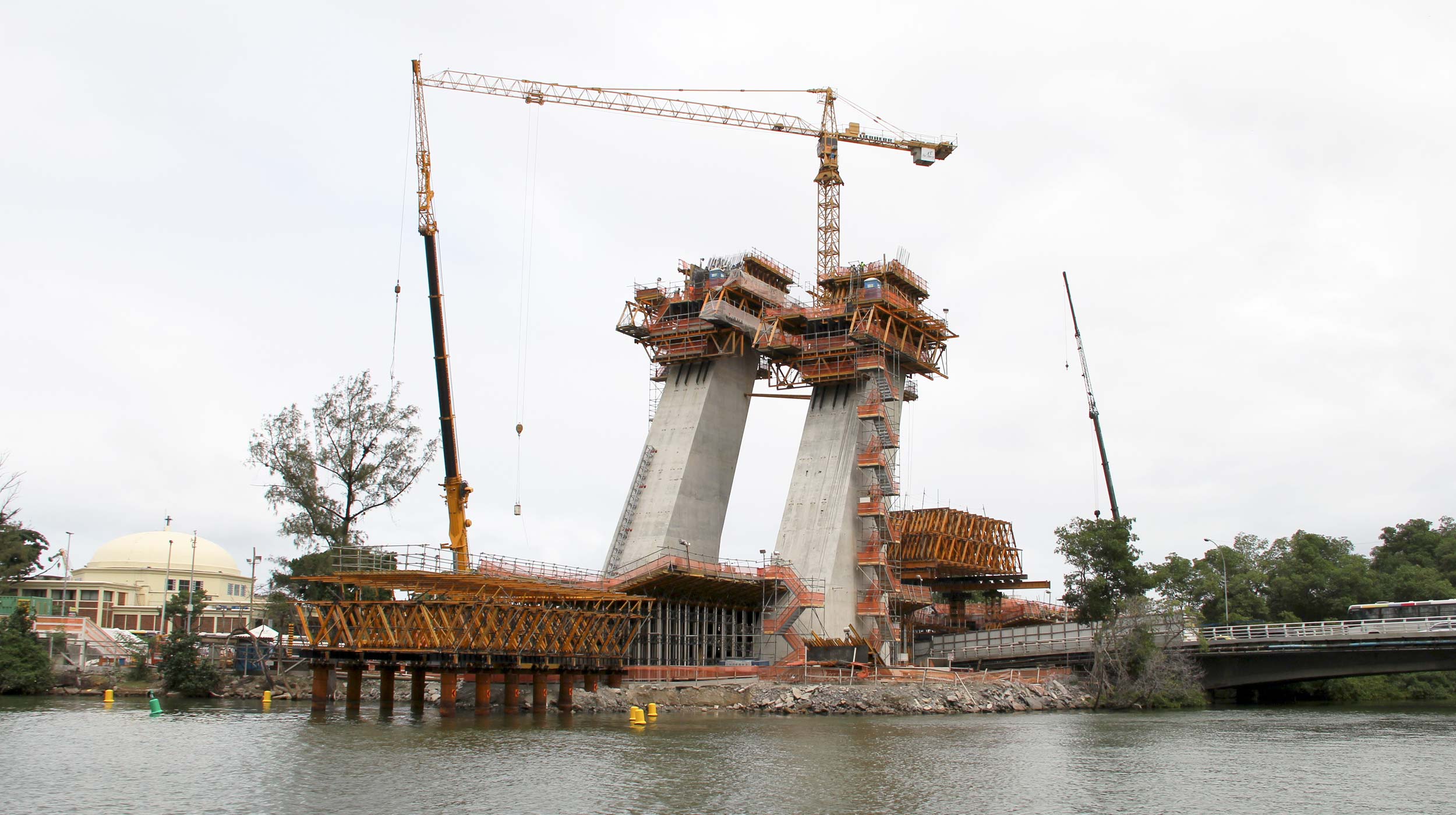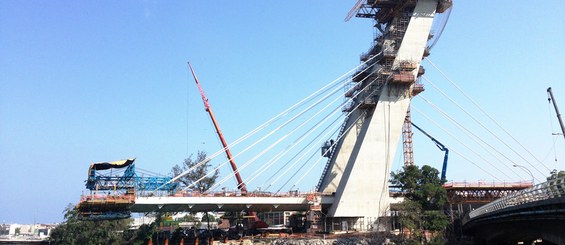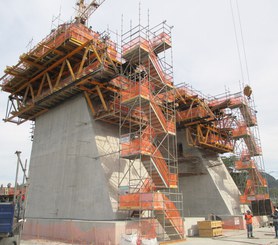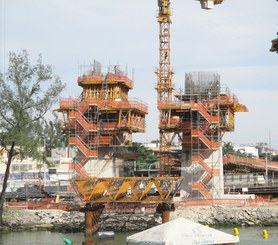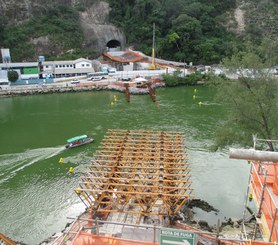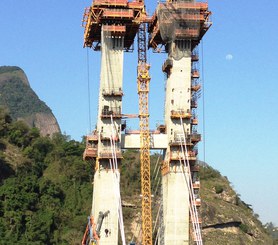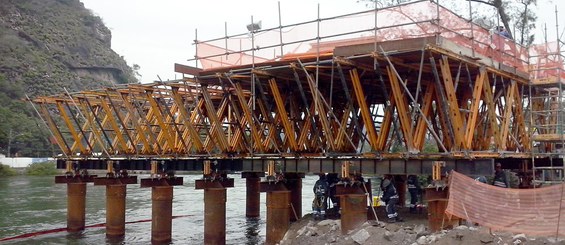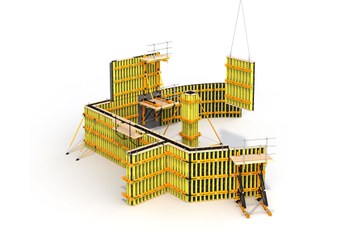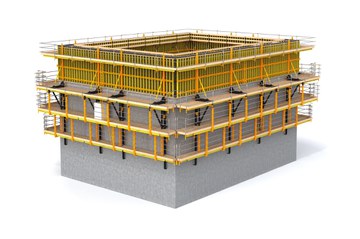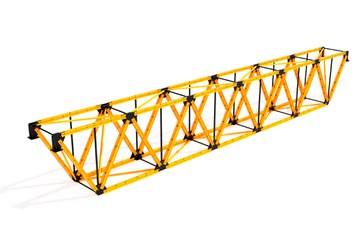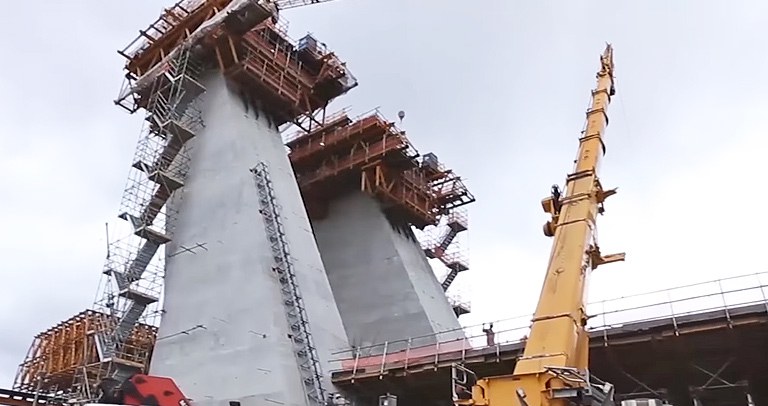Description
The infrastructural improvements planned for the 2016 Olympic Games have revolutionised Rio de Janeiro. Among the many ambitious undertakings, Estaiada Bridge stands out especially for its size and the challenges presented in its construction. It is a cable-stayed bridge 72 m tall and 320 m long.
The bridge has greatly relieved traffic congestion; it carries 300,000 passengers daily, reducing transit time from 2 hours to 15 minutes.
ULMA Solution
The pylons are inclined at 23º from the vertical and are composed of two hollow, symmetrical towers varied on all four faces and joined to each other at various heights. To construct these pylons the ATR self-climbing system was chosen for its hydraulic assembly capable of lifting vertical structures without the need for a crane.
The flexibility and productivity of the ATR system made it ideal for the project, given that the towers are differently inclined – one set at 25º and the other at 21º. The solution proposed by the ULMA engineering team was to incorporate a pair of MK trusses on the self-climbing brackets set in the inclined faces, supporting another pair of MK trusses run across the two lateral faces. The four trusses thus created a ring surrounding the pylon with work platforms elevated by the hydraulic equipment set on the climbing brackets. This design allowed the structure to adapt to the changes in each section without need for disassembly.
The ATR system, combined with the ENKOFORM VMK beam formwork, allowed the assembly to be moved successively in 4 m stages. After 19 pours, executed at a rate of one per week, the project was completed.
Moreover, the highest safety standards were upheld throughout the construction process. Even with winds reaching 72 km/h, the pace of work remained constant and safety was ensured for both workers and equipment.
Both pedestrian and vehicle traffic continued unheeded during construction. This was made possible using 24 cm thick formwork panels set on a structure of MK trusses with supports spaced at 20 m, instead of the traditional formwork assembly of panels set on numerous smaller metal rails.

